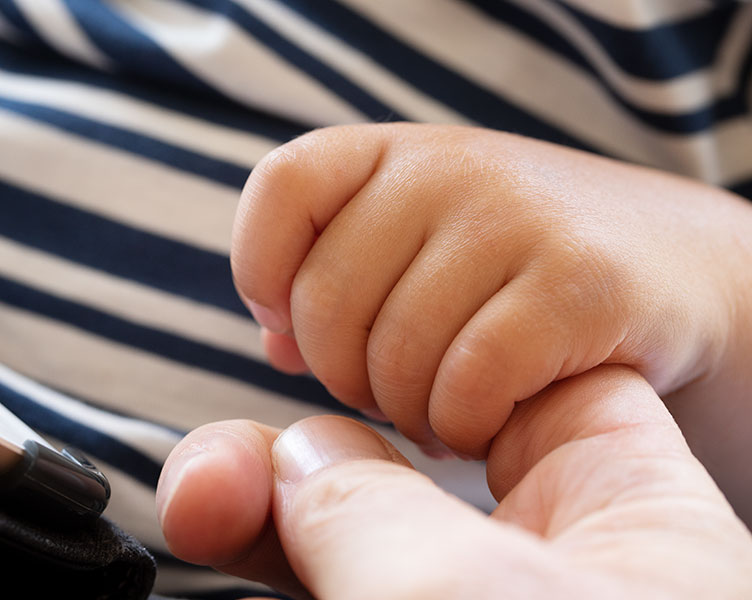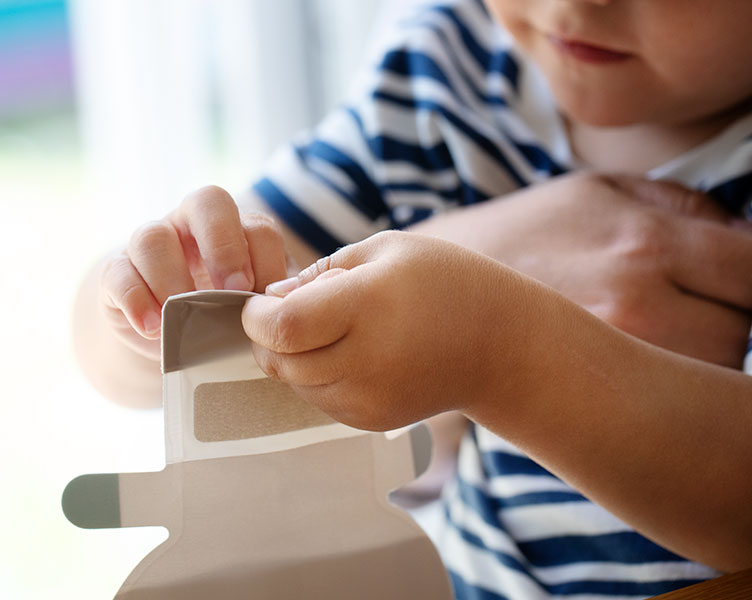Your child’s ileostomy
An “ostomy” is a general term to describe a procedure where an opening is created in the body. When your child undergoes an ostomy surgery, an opening in the abdominal wall is created. The actual part of the intestine is then brought out onto your child’s abdominal surface, allowing output to exit their body.
An ileostomy is the most common ostomy surgery involving the small intestine. During an ileostomy surgery, the end of the small intestine is brought out onto your child’s abdominal surface – this is called the ileostomy and will now be the point of exit for your child’s stool.
As a parent, you play an important role in ensuring that the ileostomy is well-maintained to ensure proper healing. The following topics are important topics in order to provide the best care for your child.
What is a pouching system?
Since there is no muscle around the ostomy, your child will not be able to control when the stool passes through the ostomy and will, therefore, need to wear an ostomy pouch outside of the body at all times to collect waste. The pouch is held on the body with an adhesive patch called a skin barrier. The barrier has a hole in the middle just large enough for the ostomy. It’s called a "skin barrier" since it not only holds the pouch onto the body, it also protects the skin around the ostomy so that no stool touches the skin.
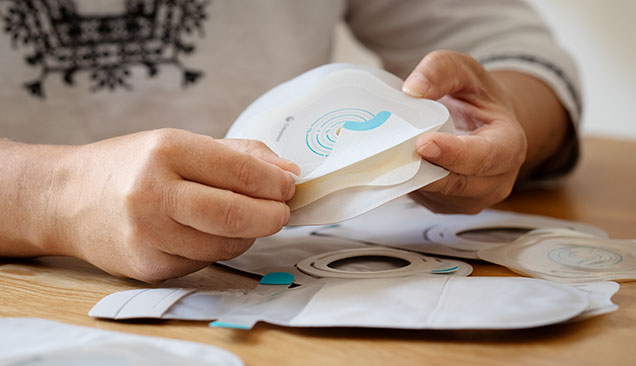
A temporary or permanent ileostomy?
Depending upon your child’s specific condition, the ileostomy can be temporary or permanent. When your child’s ileostomy is temporary, is it created as a temporary measure, to allow the intestine a chance to rest and heal after surgery. In this case, the small intestine will eventually be reconnected, and the ostomy closed. When your child’s ileostomy is permanent, the small intestine is not reconnected.
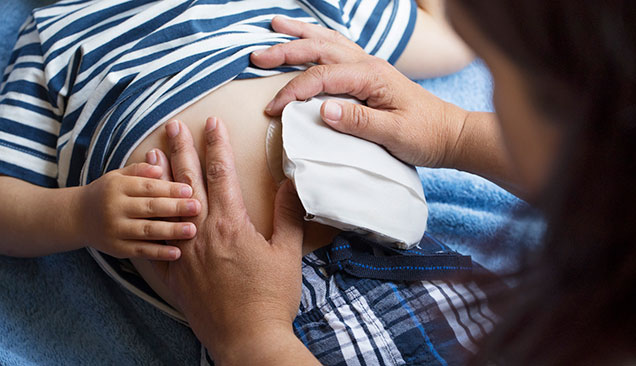
Expect changes in your child’s output
An ileostomy typically begins to function about 2-3 days after surgery. Your child’s first output will be mostly yellow or green liquid stool and somewhat liquid in nature. There is also likely to be a large amount of gas. If your child is bottle or breastfed, the stool will stay somewhat loose. If your child is older or begins to eat more solid foods, the stool will be liquid to loose and have a medium-brown colour. The change in colour is because less water is being absorbed from the stool compared to when your child’s entire intestine was intact. The thickness and frequency of the stool will be affected by the location of the ileostomy on the small intestine.
Even with an ileostomy, your child may still have his/her rectum in place and may feel the need to have a bowel movement. This sensation occurs because the intestine continues to produce mucus, which may pass from the rectum. Should this happen to your child, it’s important to remember that it’s completely normal.
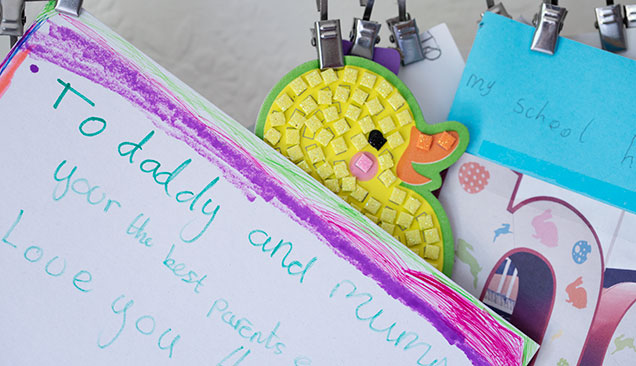
Beware of skin irritation
The skin surrounding the ostomy is called the peristomal skin. It’s hard to overstate the importance of maintaining healthy skin in this area. As a parent, you should, therefore, ensure that this area is kept intact without irritation, rashes, or redness. This will ensure better comfort for your child and make sure the pouching system also attaches better to the skin. However, irritation can occur and if so, proper care should return your child’s skin to good health. Read a list of tips here.

